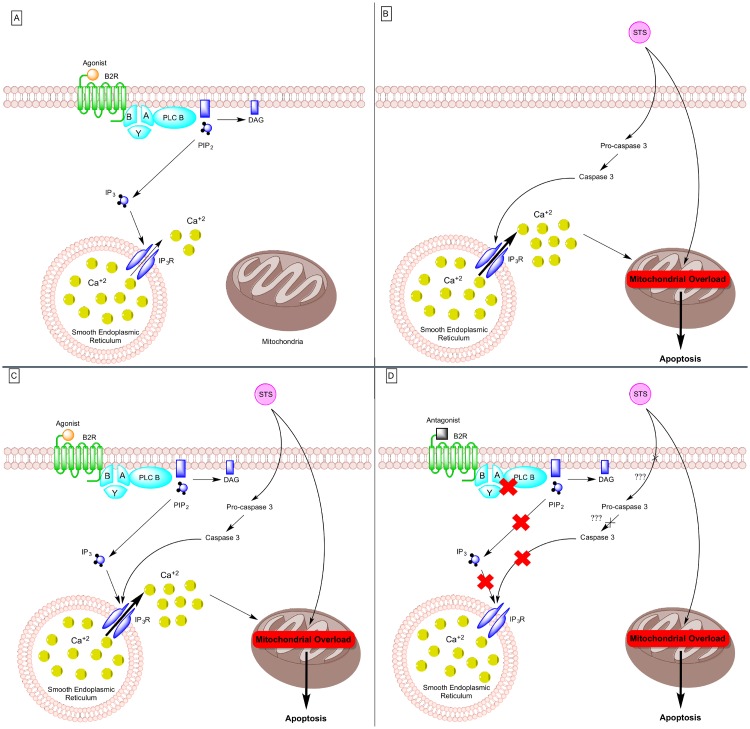Fig 6. Effects of STS and B2R antagonist on calcium release and apoptosis.
(a) B2R activated. Once B2R, a GPCR, is activated, the Gα subunits detaches from the Gβ/Gγ subunits, leading to activation of PLCb, which will trigger the conversion of PIP2 into DAG and IP3. IP3 will then activate IP3R on sER, leading to the release of calcium in the cytosol. (b) STS treatment. STS activates the cytosolic pro-caspase 3 protein, which is converted into caspase 3 and acts on IP3R, leading to a high amount of calcium release. This high amount of calcium will result in mitochondrial overload, initiating the apoptotic cascade. (c) B2R activated and STS treatment. This is a combination of the STS and B2R activation effects, with a high amount of calcium being released in the cytosol, followed by mitochondrial overload and apoptosis. (d) B2R inactivated and STS treatment. Once B2R is inactivated, no calcium is being released, which can be explained by the fact that IP3 is no more produced and/or that caspase 3 is not acting on IP3R (but we still don’t know how). However, the apoptotic cascade is still active, suggesting that another pathway exists for STS to exert its apoptotic effect. STS: Staurosporine; GPCR:G-protein-couples receptor; PLCb: Phospholipase C beta; PIP2: Phosphatidyinositol 4,5 biphosphate; DAG: diglyceride; IP3: inositol 1,4,5 triphosphate; IP3R: IP3 receptor; sER: smooth endoplastic reticulum.

